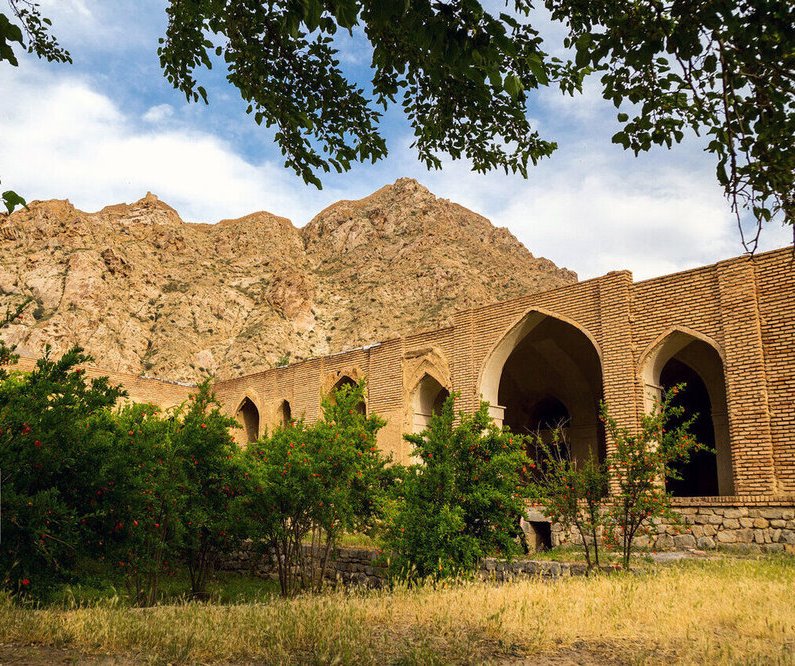Iran launched a free train between the northwestern cities of Tabriz and Jolfa for tourists.
“A free tourist train on Tabriz-Jolfa and Jolfa-Tabriz route has been commissioned with the financial assistance from the Araz Free Trade – Industrial Zone in order to develop tourism in the region,” Shapour Arslani, the general manager of the East Azerbaijan railway told Tasnim news agency on January 20.
A five-railcar train with the capacity of 400 passengers will carry tourists in both directions daily and is expected to help promote tourism across the region which neighboring Azerbaijan and Armenia.
In November 2019, Iran completed an all-inclusive dossier for Aras Geopark in the East Azerbaijan province, with the aim to get it included in the United Nations Educational, Scientific, and Cultural Organization’s Global Geoparks list. UNESCO's specialists are expected to visit Aras Geopark in late May 2020 in order to weigh its situation.
The park covers an area of about 1,670 square kilometers, sprawling across the whole Jolfa county. The topography is generally extremely steep and forms astonishing landscapes. The highest point in the Jolfa region is the Kiyamaki mount with 3347 meters, while the lowest points are the northern boundary and the Araz River valley, ranging between 720 and 390 meters.
Jolfa is also home to a historical bathhouse, dubbed Kordasht - a tourist destination famed for intricate geometrical arrangements and spectacular wall paintings. It was constructed at the time of the Safavid king, Shah Abbas (1588-1629), and was later renovated during the reign of Qajar kings to be used as the residence of Abbas Mirza, the son of Fath-Ali Shah (1789-1833).
When Shah Abbas built the bath, it could only be used by the kings and rulers of the region. However, after the Safavid dynasty, the first Qajar King Agha Mohammad Khan (1789-1797) turned the bath into a public one. Its water is obtained from the Araz River and after being warmed finds its way to different pools located there.







 The number of evacuees from flooded areas in Kazakhstan has reached 97,852 people, including about 32,856 children since March 27.
The number of evacuees from flooded areas in Kazakhstan has reached 97,852 people, including about 32,856 children since March 27.
 The Islamic holy month of fasting, Ramadan comes to an end this week with the celebration of a joyous festival called Eid (meaning “festival” in Ar...
The Islamic holy month of fasting, Ramadan comes to an end this week with the celebration of a joyous festival called Eid (meaning “festival” in Ar...
 Iran's senior military leaders described the drone and missile attack on Israel on April 14 night as “successful".
Iran's senior military leaders described the drone and missile attack on Israel on April 14 night as “successful".



